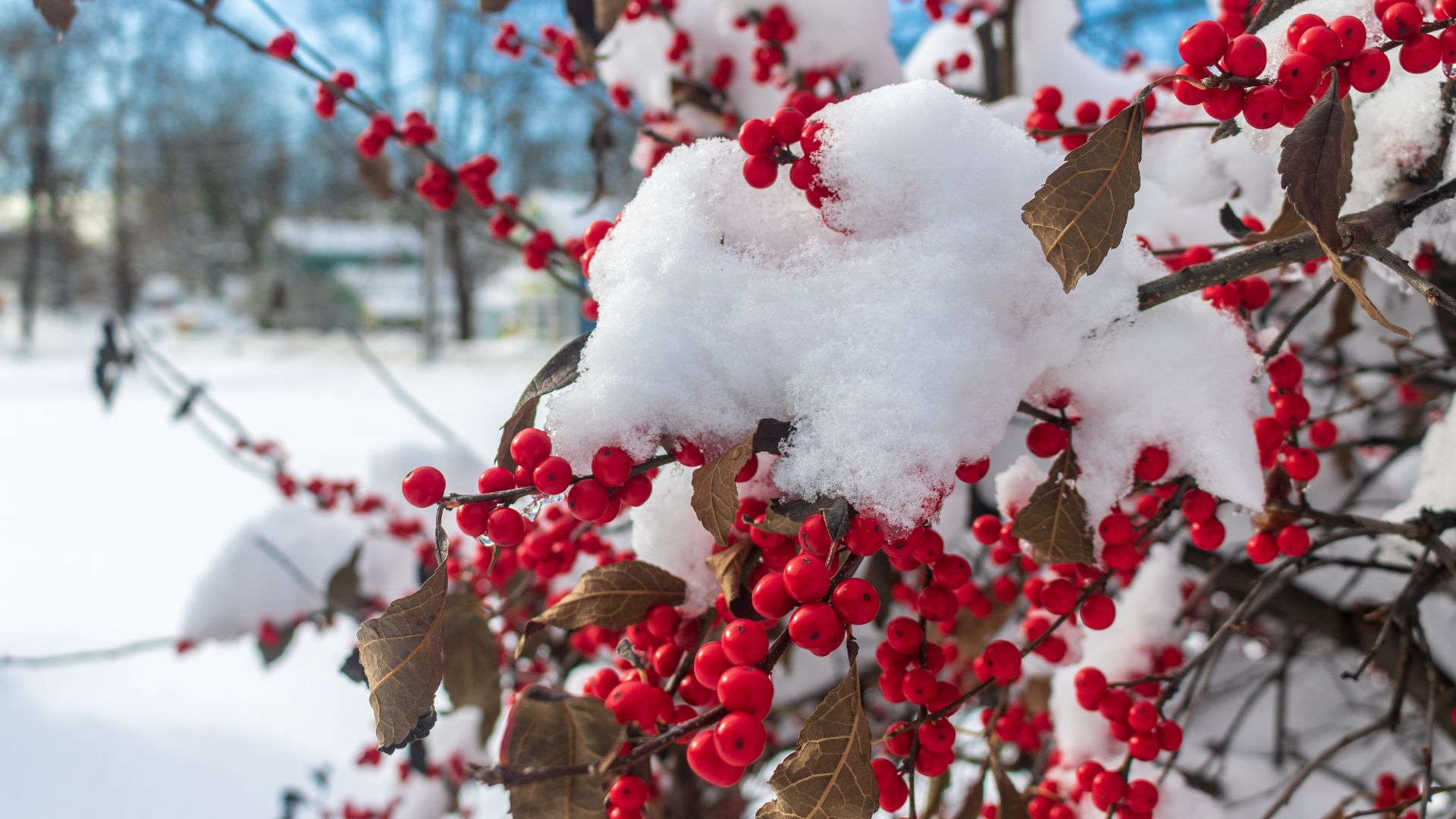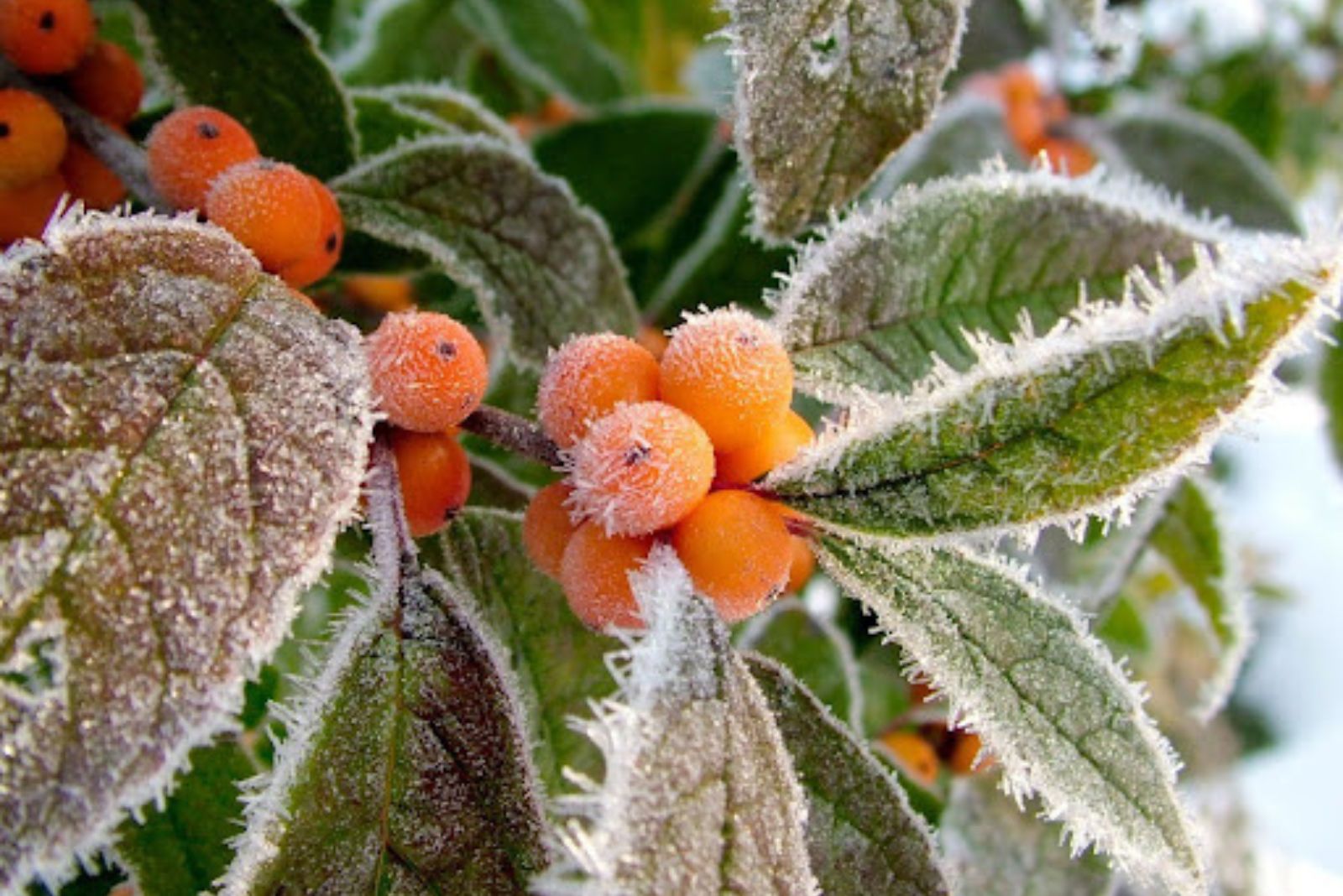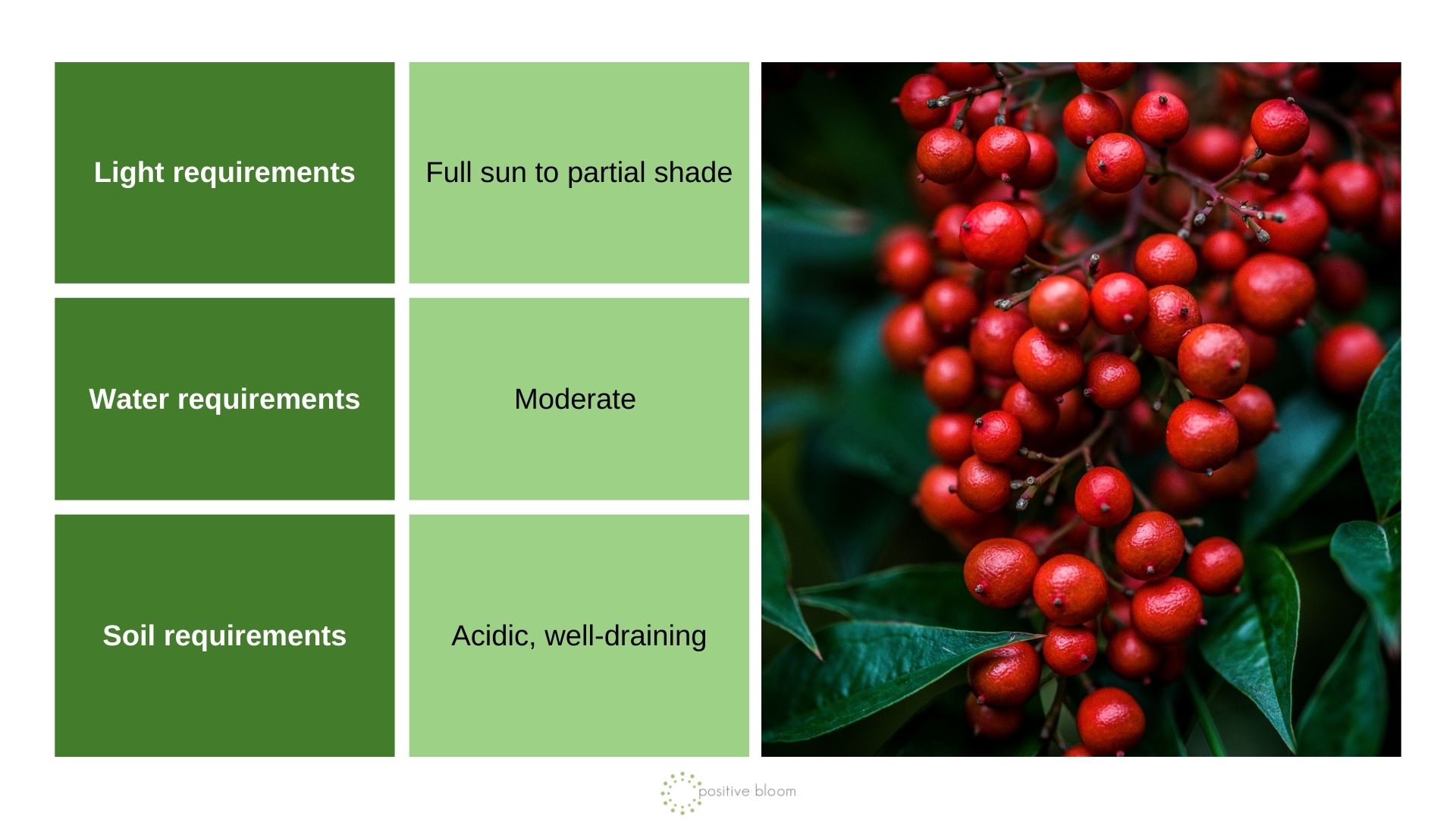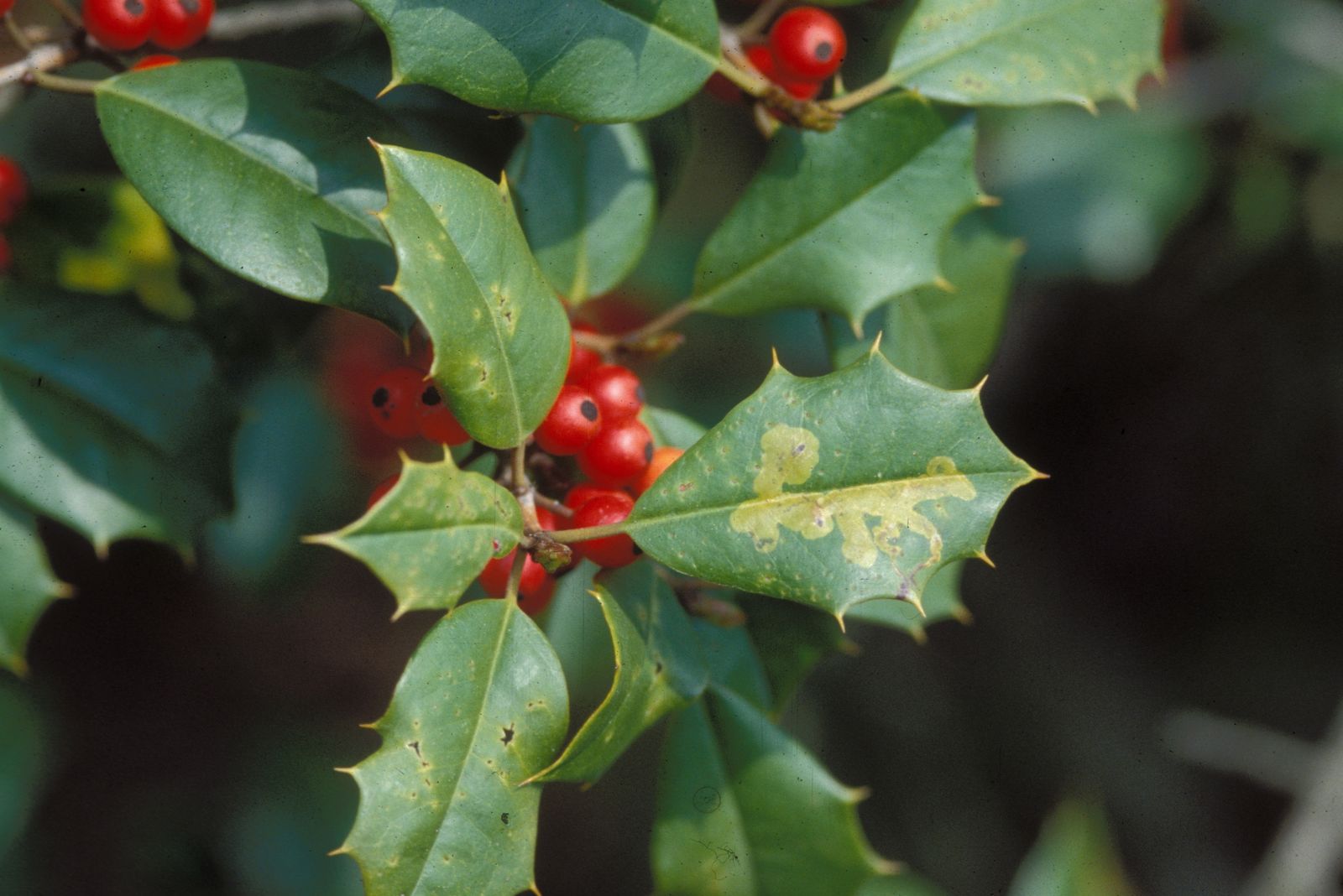If you are looking for a plant that will add color to your otherwise dull winter landscape, then Winterberry holly is the right choice for you!
This deciduous shrub produces vibrant red berries that will adorn your garden and also provide enough food for birds during the winter season. Plus, you won’t need to stress about Christmas decor because these berries naturally bring festive cheer to your surroundings.
In this article, we are going to talk about how to take care of Winterberry holly, some of its common issues, and how to fix them.
Stay tuned!
Meet Winterberry Holly +
Winterberry is a lovely deciduous shrub known for its brightly colored berries that grow during the winter months. In traditional medicine, the bark and roots of Winterberry holly are used to treat various diseases.
During spring and early summer, this shrub produces numerous tiny white flowers that later become vibrant red berries. The leaves will turn bronze or orange and eventually fall off, leaving those cute berries behind.
Both male and female Winterberry shrubs are required for successful berry production. So, if you are planning to adorn your garden with winter berries, make sure to get both counterparts!
Winterberry holly is often used for Christmas decorations, along with the famous mistletoe. If you can’t decide between the two, be sure to check: Who’d Win This Christmas Fight: Mistletoe vs Holly?
Popular Varieties
• Berry Poppins – dwarf variety that grows 3-4 feet tall. Produces large berries that stand out during the colder months.
• Winter Gold – tall winterberry variety that produces pinkish-orange berries instead of the usual red ones. Winter gold variety can grow up to 8 feet tall.
• Little Goblin – both orange and red options are available. Dwarf-sized winterberry that is perfect for low-growing hedges or containers.
• Berry Heavy – variety that produces a lot of berries, hence the name. Ideal for borders and privacy screens.
How To Grow Winterberry Holly
This perfect plant for holiday decorations is quite easy to grow. Winterberry holly is resilient and adaptable to various growing conditions.
Let’s see how you can make this shrub happy and healthy.
Light Requirements
Winterberry holly thrives in full sun to partial shade. Ensure they receive at least 6 hours of sunlight daily for optimal berry production.
Soil Requirements
Hollies grow best in acidic soils that are also well-draining. They adapt well to various soil types, including heavy and light, but good drainage is essential for their health.
Those Winterberries that grow in alkaline or neutral soils tend to develop yellow leaves, which is why it is important to test the pH levels. You can find high quality tests on Amazon or in your local garden center.
Fix your soil pH accordingly – you can, for instance, add a fertilizer for acid-loving plants.
Water Requirements
Keep the soil consistently moist, especially during the first year of growth. But don’t overdo it because these shrubs don’t like sitting in soggy soils!
Once established, Winterberry holly is relatively drought-tolerant, so you don’t have to worry about watering it constantly.
Temperature Requirements
These hollies are hardy in USDA zones 3 through 9. They thrive in cold winters, requiring a chilling period to set buds for the next season’s berries.
Related: 5 Best Indoor Winter Flowering Plants
Fertilizer Requirements
Winterberry holly generally doesn’t require heavy fertilization. However, if your soil lacks nutrients, a balanced, slow-release fertilizer in spring can support healthy growth.
Choosing a fertilizer made especially for plants that prefer acid is the best option. Apply it once in the spring, and you can apply it again in the fall. You’ll notice that the leaves and berries have never looked better!
This might be useful: How To Make Homemade Fertilizer For Your Plants
Pruning
Since Winterberry holly is a vigorously growing plant, pruning is necessary to maintain shape and size. All pruning must be done in late winter or early spring before the plant begins producing new growth.
Use clean and sharp pruning shears. Start by removing the oldest branches first. Don’t remove more than one-third of your Winterberry wonder!
Propagation
Winterberry hollies are propagated by stem cuttings. Take a healthy cutting that is about two inches long anytime from late spring to mid-summer. Remove the bottom leaves and you can dip the cutting into a rooting hormone.
Place the cutting in fresh, moist soil and cover it with a plastic bag. Make sure that it receives bright, indirect sunlight during the day. You’ll be able to see new Winterberry holly roots in a month.
Your new baby Winterberry will be ready for planting in the garden once fall arrives.
Common Issues
Even though Winterberry hollies are relatively tolerant to most garden pests, you should still keep an eye out for mites and leafminers. If you spot any of these pests, treat them with horticultural oil or insecticidal soap.
Winterberry hollies are also susceptible to diseases such as leaf spot and powdery mildew. They might appear because the humidity is high or you’ve been watering your shrubs too much.
Adjust the growing conditions and these diseases will be gone. If they still stick around, consider using neem oil or fungicide.
You might find this useful: 5 Things All Stunning Winter Gardens Must Have





